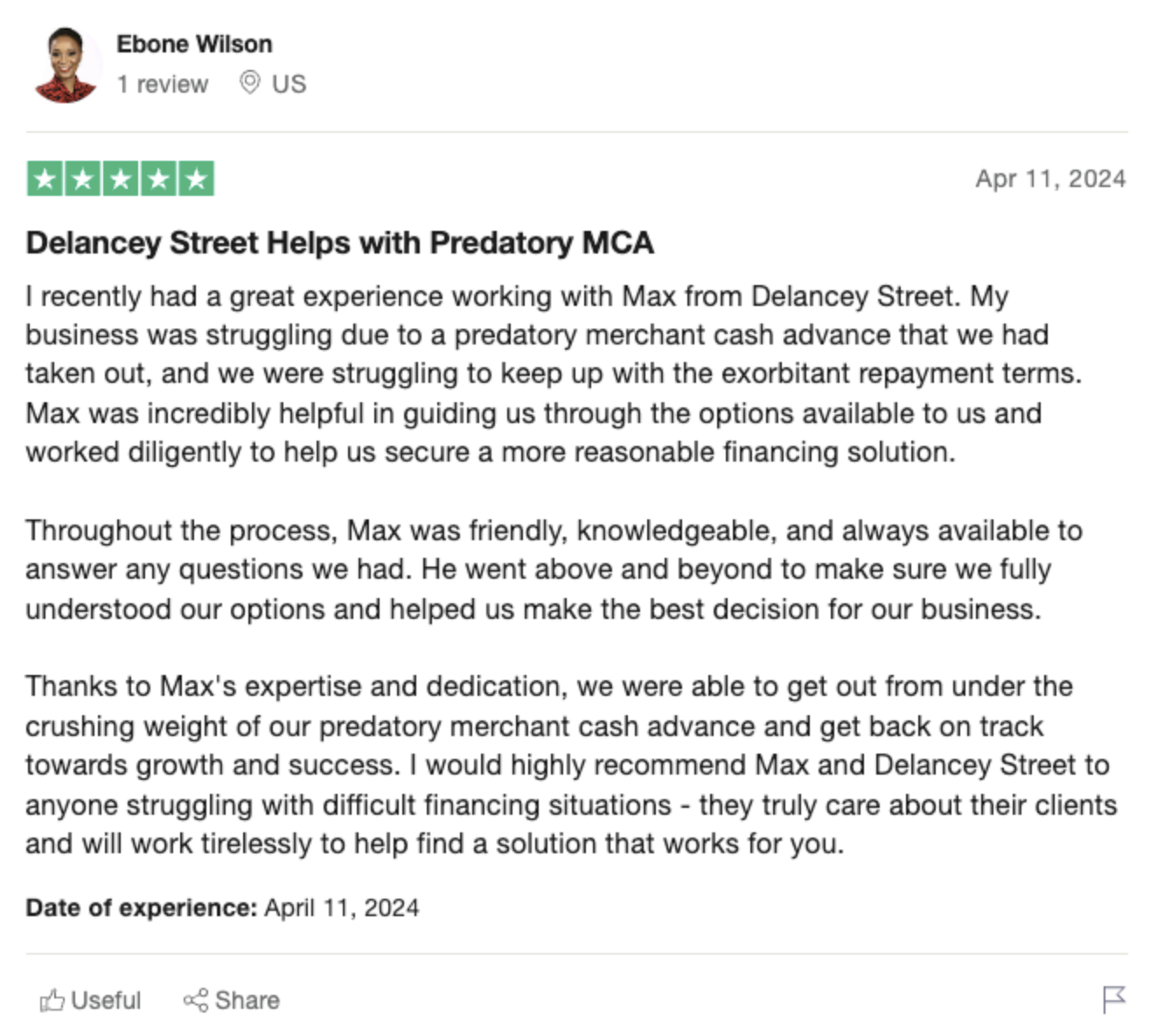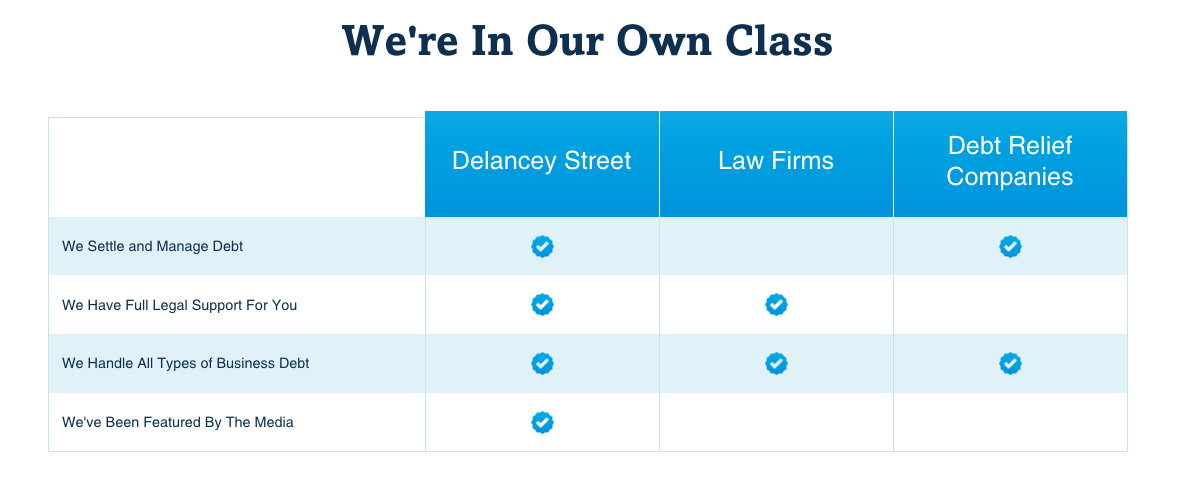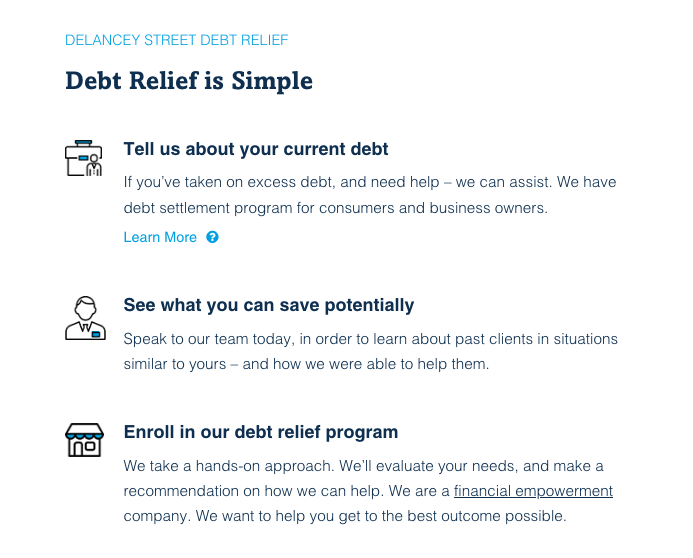Introduction to Bankruptcy: Sub Chapter 5 vs Chapter 13
When considering financial relief options under bankruptcy law, you may find yourself weighing Sub Chapter 5 against Chapter 13. These two forms of bankruptcy offer distinct avenues tailored for individuals or businesses struggling to manage debt. To make an informed decision, it is essential to understand the fundamental differences and similarities between them.
Navigating the maze of bankruptcy can feel daunting. However, understanding Sub Chapter 5 and Chapter 13 will arm you with the knowledge needed to take the next step. Both chapters fall under the larger umbrella of the United States Bankruptcy Code but are designed to cater to different needs and scenarios.
 -
-Sub Chapter 5 is a relatively recent addition, designed as a modified version of Chapter 11 for small businesses. It aims to simplify the bankruptcy process while providing an expedited path for a fresh start. Chapter 13, on the other hand, is aimed primarily at individuals. It provides a structured repayment plan to help clear debts without ceasing business operations or asset liquidation.
Ultimately, your choice hinges on specific financial circumstances, goals, and legal eligibility. Engaging a qualified bankruptcy attorney can provide an invaluable perspective, ensuring you select the most advantageous route. What follows is a detailed exploration that outlines the nuances of Sub Chapter 5 and Chapter 13 to guide your decision-making process.
Legal Foundations: Understanding Bankruptcy Codes
The United States Bankruptcy Code establishes the legal framework for filing various types of bankruptcies. Sub Chapter 5 and Chapter 13 fall under Title 11 of the U.S. Code, each furnishing distinct legal pathways designed to help debtors regain financial stability. Understanding their underlying principles can be crucial in making an informed decision.
Sub Chapter 5 was enacted as part of the Small Business Reorganization Act of 2019. It offers a streamlined and cost-effective alternative for small businesses that need to restructure their debts. While it borrows elements from both Chapter 11 and Chapter 13, Sub Chapter 5’s primary goal is to simplify and expedite the reorganization process for qualifying businesses.
 -
-Chapter 13, on the other hand, has been a staple for individual debtors since the creation of the Bankruptcy Code in 1978. It focuses on enabling individuals with a regular income to craft a feasible repayment plan. As such, this chapter facilitates the restructuring of debt without liquidating assets, thereby preserving one’s home and other valuable possessions.
The choice between these two forms of bankruptcy hinges on the applicability of specific statutory provisions. While the core objective remains debt relief, both chapters have unique conditions and legal principles guiding their processes.
Eligibility Requirements: Who Can File Under Each Chapter?
Before diving headfirst into filing for bankruptcy, it is essential to determine your eligibility. Each chapter has specific criteria that you must meet to qualify. Understanding these requirements helps streamline the decision-making process, making it less stressful and more precise.
For Sub Chapter 5, eligibility is restricted to small business debtors. These are defined as entities engaged in commercial or business activities with total debts not exceeding $2,725,625. This debt ceiling is not fixed and may be subject to periodic adjustments. It’s critical to note that at least 50% of these debts must be derived from business-related activities, excluding liabilities owed to family members or affiliates.
Chapter 13 eligibility centers around the individual’s ability to maintain a regular income. Your secured and unsecured debts must fall below specific thresholds—currently set at $419,275 for unsecured debts and $1,257,850 for secured debts. These limits can change, so staying updated on these figures is advisable. Additionally, you must provide evidence of filing federal and state tax returns for the previous four years.
 -
-In both cases, prior bankruptcy filings can impact your eligibility. If you’ve received a discharge in a previous Chapter 13 case within the last two years or in a Chapter 7, 11, or 12 case within the last four years, you may be ineligible to file again under Chapter 13. Sub Chapter 5 does not have specific filing frequency restrictions, but court approval is still required to proceed.
Lastly, to fully assess your eligibility, you’ll need a thorough review of your financial status, which is best conducted in consultation with a knowledgeable bankruptcy attorney. They can help you navigate potential pitfalls and ensure that you meet all requisite criteria.
Financial Implications: Costs and Repayment Plans
Deciding to file for bankruptcy comes with financial implications that you must carefully consider. Both Sub Chapter 5 and Chapter 13 entail distinct costs and repayment structures, impacting your financial future in different ways. Understanding these aspects will equip you to decide on the best path forward.
 -
-Sub Chapter 5 filing fees are typically lower compared to traditional Chapter 11 cases. This helps small businesses manage costs more effectively. Moreover, the streamlined process can lead to reduced legal fees. Under Sub Chapter 5, you’ll craft a reorganization plan to restructure your debts, which the court must approve, and which usually spans over a period of three to five years.
Chapter 13 offers a repayment plan tailored to your income and debt levels. Once the court approves your plan, your debts will be reorganized, and you’ll commit to monthly payments over three to five years. The cost of filing under Chapter 13 includes court fees and attorney fees, which can vary but are often comparable to those in Sub Chapter 5.
Financial Cost Summary Table:
| Costs | Sub Chapter 5 | Chapter 13 |
|---|---|---|
| Filing Fees | Lower compared to Chapter 11 | Standard court fees, attorney fees |
| Legal Fees | Generally lower due to streamlined procedures | Comparable legal fees |
| Repayment Duration | 3 to 5 years | 3 to 5 years |
| Plan Requirements | Reorganization for business debts | Feasible repayment plan based on income |
Hypothetically speaking, if you operate a small business struggling with debt, the cost savings and simplified procedures of Sub Chapter 5 might outweigh the higher costs associated with Chapter 11. On the flip side, for individual debtors with predictable income, the structured repayment plan under Chapter 13 allows them to manage debts without liquidating vital assets.
Lastly, understanding the long-term financial impact of these bankruptcy options can help you weigh the short-term costs against long-term benefits. In either case, it is imperative to consult with a financial advisor or bankruptcy attorney who can provide personalized guidance.
Procedural Differences: Steps and Timelines to Follow
When it comes to navigating the procedural labyrinth of bankruptcy, the steps and timelines for Sub Chapter 5 and Chapter 13 are distinctive. Both pathways involve a series of carefully orchestrated steps, but their timelines and specific requirements diverge, impacting the flow and outcome of your case.
The procedural journey for Sub Chapter 5 begins with filing a petition in bankruptcy court. Within 60 days of filing, a status conference will be held for the court to discuss the progress of the reorganization plan. This expedited process aims to shorten the debtor’s time in bankruptcy, allowing businesses to return to normal operations as quickly as possible. The reorganization plan must be submitted within 90 days and receive court approval to proceed.
For Chapter 13, after filing the initial petition, you must submit a repayment plan within 14 days. The court will then appoint a trustee to oversee the case, ensuring that the repayment plan adheres to legal standards. A meeting of creditors (also known as the 341 meeting) will be scheduled, allowing creditors the opportunity to question the debtor about their finances and repayment intentions. The entire process, from filing to plan approval, typically spans several months.
Procedural Timelines Table:
| Steps | Sub Chapter 5 Timeline | Chapter 13 Timeline |
|---|---|---|
| Filing Petition | Day 0 | Day 0 |
| Plan Submission | Within 90 days | Within 14 days |
| Status Conference | Within 60 days | N/A |
| Creditors Meeting | N/A | Within 30–45 days |
| Plan Confirmation | Typically within 90 days | Several months |
| Completion of Plan | 3 to 5 years | 3 to 5 years |
Another difference lies in trustee roles. Under Sub Chapter 5, a standing trustee is less likely required, and the debtor remains in control of business operations during the reorganization. In contrast, Chapter 13 involves a trustee who holds a more active role in monitoring the repayment plan and collecting payments to disburse to creditors.
Considering these procedural differences, it is vital to plan meticulously. Missing a step or deadline can complicate or even derail your bankruptcy case. Therefore, aim to stay diligent and informed throughout the process.
Long-Term Effects: Credit Impact and Future Borrowing
Bankruptcy is more than just an immediate solution; it comes with long-term repercussions, particularly concerning credit and future borrowing. Both Sub Chapter 5 and Chapter 13 have distinct impacts on your financial future, affecting how potential lenders view your creditworthiness.
Filing under Sub Chapter 5 can result in a less severe impact on your credit score compared to Chapter 7 or traditional Chapter 11 filings, largely because it signals to creditors that you are taking proactive steps to reorganize and repay debts. Nonetheless, your credit report will reflect the bankruptcy filing for up to 10 years, potentially affecting your ability to secure future loans. However, successfully emerging from Sub Chapter 5 may demonstrate to lenders your capability to manage finances responsibly under business constraints.
Chapter 13, while also offering a structured repayment plan, will similarly affect your credit score. This bankruptcy type stays on your credit report for seven years from the date of filing. The good news is that completing the repayment plan demonstrates your commitment to honoring debt obligations, which can partially mitigate the negative impact over time.
Long-Term Credit Impact Table:
| Factors | Sub Chapter 5 | Chapter 13 |
|---|---|---|
| Credit Report Duration | Up to 10 years | 7 years from filing date |
| Immediate Credit Impact | Negative but less severe than Ch. 7 or Ch. 11 | Negative but modifiable |
| Post-Plan Completion | Demonstrates proactive reorganization | Shows commitment to repayment |
| Future Borrowing | May face higher interest rates initially | Generally higher interest rates |
Imagine a hypothetical scenario where a small business completes a Sub Chapter 5 reorganization plan. Post-bankruptcy, the owner might find it easier to apply for business credit, perhaps at slightly higher interest rates but with improved terms over time. Conversely, an individual completing a Chapter 13 plan might find mortgage providers more willing to offer loans after demonstrating consistent repayment behavior during the bankruptcy period.
These long-term effects necessitate careful deliberation. Weighing the immediate benefits against the future credit impact is essential for making a balanced decision. Engaging with financial advisors post-bankruptcy can provide strategies to rebuild your credit effectively.
Understanding the nuances between Sub Chapter 5 and Chapter 13 bankruptcy equips you with critical information to navigate your financial woes more effectively. By meticulously evaluating these aspects—legal foundations, eligibility, financial implications, procedural steps, and long-term effects—you can make a well-informed choice tailored to your unique situation. Leveraging professional legal and financial advice can facilitate not just a recovery but a robust resurgence in your financial journey. Choosing the right path isn’t just about addressing immediate needs; it’s about successfully laying the groundwork for a sustainable financial future.







